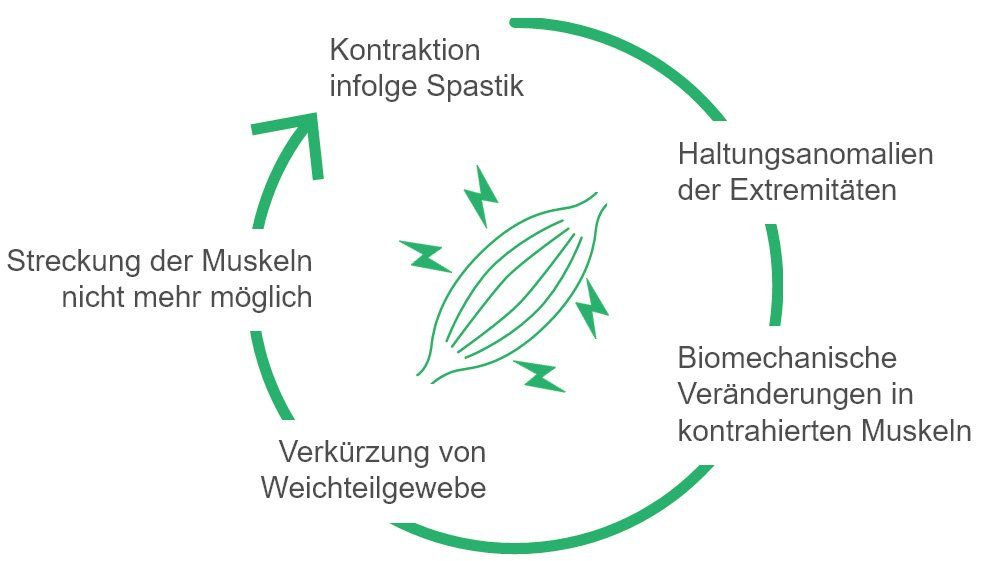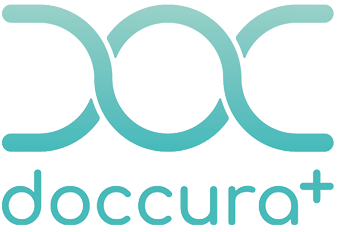Disease Awareness - Spastic Movement Disorder
What is a spastic movement disorder (“spasticity”)?Spasticity is a movement disorder caused by disinhibited spinal reflexes as a result of damage to the upper motor neuron and dysregulation of the efferent inhibitory pathways and is associated with an increase in the speed-dependent stretch reflex, which is also expressed in an increase in muscle tone.*
* Trompetto C., Marinelli L., Mori L., et al. Pathophysiology of Spasticity: Implications for Neurorehabilitation. BioMed Res Int. 2014;2014:354906. http://downloads.hindawi.com/journals/bmri/2014/354906.pdf, last accessed on April 1, 2022.
Characteristic features of spasticity
- Speed dependencePocket knife phenomenon Stroking effectTypical distribution
Stroke is the most common etiology of adult spasticity
Approximately 270,000 strokes per year.
Heuschmann PU, Busse O, Wagner M et al., Stroke frequency and care of stroke patients in Germany. Akt Neurol 2010; 37(07): 333–340.
Approximately 20 to 40% of all stroke patients develop a spastic movement disorder within one year
Potempa C et al., On the care situation of patients with spastic movement disorders in Germany. Monitor Versorgungsforschung 03/2019. 12th year, 04.06.2019.
Stroke is a leading cause of disability in adulthood
Murray CJL, Vos T, Lozano R et al., Disability-adjusted life years (DALYs) for 291 diseases and injuries in 21 regions, 1990–2010: a systematic analysis for the Global Burden of Disease Study 2010. Lancet 2012; 380(9859): 2197–2223
About 6% of stroke patients are permanently dependent on inpatient care
Potempa C et al., On the care situation of patients with spastic movement disorders in Germany. Monitor Versorgungsforschung 03/2019. 12th year, 04.06.2019.
Factors of impairment and disability in spasticity
Three main factors are responsible for functional limitation and disability in spastic paralysis:
1. Paresed. i.e. reduced voluntary responsiveness of skeletal motor units
2. Contracture of soft tissues, particularly muscle shortening with joint misalignment
3. Hyperactivity of muscles, i.e. reduced ability of the muscles to relax
What are the most common symptoms of spasticity?
- Increased muscle toneHyperactive reflexesProblems with personal care and hygieneAbnormal postureContracturesBone and joint deformitiesPainInvoluntary movementsReduced functional abilitiesDelayed motor development
Spasticity of the upper extremities
This is what spasticity in the arm can look like
The vicious circle of spasticity

Therapy goals
Rehabilitation ➤ As early as possible BoNT Physio: Stretching/Strengthening
Symptoms ↘︎ Motor skills ↖︎Independence ↖︎










